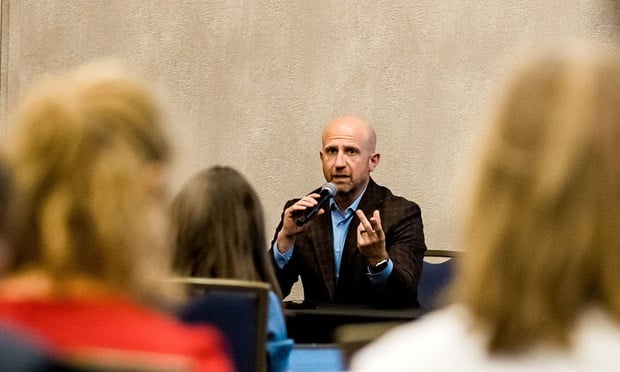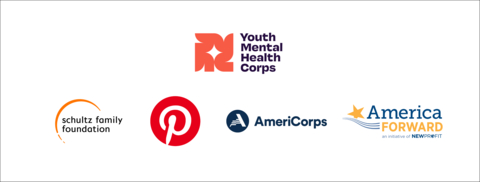
 Bryce Heinbaugh of IEN Risk Management (Credit: Lauren Lindley Photography)
Bryce Heinbaugh of IEN Risk Management (Credit: Lauren Lindley Photography)
The BenefitsPRO Broker Expo has always been the place to be to hear the latest innovative ideas and solutions for improving employee benefits while bringing health care costs under control. But taking these ideas and transforming them into actionable, impactful solutions for employers is an entirely different matter.
Still, benefits advisors love a good challenge. At this year’s Expo, attendees got a taste of just what it looks like to take these ideas and turn them into a reality. There are many approaches benefits professionals can take to help rein in health care costs, but Josh Butler of Butler Benefits & Consulting, Cristy Gupton of Custom Benefits Solutions and Bryce Heinbaugh of IEN Risk Management shared their experiences creating plans that centered around one key theme: leveraging local health care providers.
“It may be cliche to say that health care is local, but when it comes to actually getting health care, it’s extremely local,” Butler said. Indeed, bringing health care back to the local level has been a cornerstone of Dave Chase’s Health Rosetta movement inspiring benefits professionals throughout the industry.
“Right now, in health care, the doctor and patient are somewhat removed from each other,” Gupton said. “All these barriers are in the way. I’m a free-market capitalist, but having people struggle and go bankrupt, I’m not okay with that.”
As private equity takeovers draw the eye of federal agencies, there’s a growing (one might say grassroots) movement leaning into all things independent: “independent providers, independent solutions partners, local pharmacies, local direct primary care, that sort of thing,” said Heinbaugh.
When Heinbaugh became a self-funding convert a decade ago and set his sights on building up local health care partnerships, he realized that the key to getting these new ideas to take flight was by leveraging the local community. “I needed an employer of influence in my community,” he recalled. “I needed to get to the school board and administration and win over the two unions. The starting point then was independent plan administration, direct primary care and transparent pharmacy. As soon as we got that into place, the rest of our local community began to do the same.”
A successful model, once implemented locally, creates a domino effect that draws the attention of other employers in the community — and eventually the eye of major insurers, Butler said, pointing to a new plan rolled out by UnitedHealthcare in Texas that many of the same strategies brokers are talking about today. “Welcome to the party. If our product proves to be superior, they will pivot. That’s good. We’re influencing the market to get the biggest of the bigs to do right by their people.”
One point emphasized throughout the session is how money spent locally benefits the local community. “We only had one freestanding pharmacy left, and we built that into every health plan we could in our community,” Heinbaugh said. “Her pharmacy supports Little League, they have a banner at the football field. We don’t see those from Walgreens, CVS. She’s able to hire more pharmacists, expand her business.”
“Keeping those dollars local helps the whole community,” Gupton agreed, adding that it’s not just the money spent that helps the local community but the money saved. “Ask your clients if they know or have data about how many employees have stopped or reduced their contribution to their retirement accounts. If health care costs could come down, maybe more people could go back to their retirement contributions or saving for their child’s education.”
All of that said, no one denies that these new health care strategies come with a lot of extra work. But the focus on the local population also serves as a reminder of why it’s all worth it. “If you keep the patient at the center and just focus on what’s in that person’s best interest, hopefully we make the best decisions,” Butler said. “The human impact is a common motivator in all of us. We don’t all have the same moral compass, but we all have an intrinsic nature to want to help other people.”






